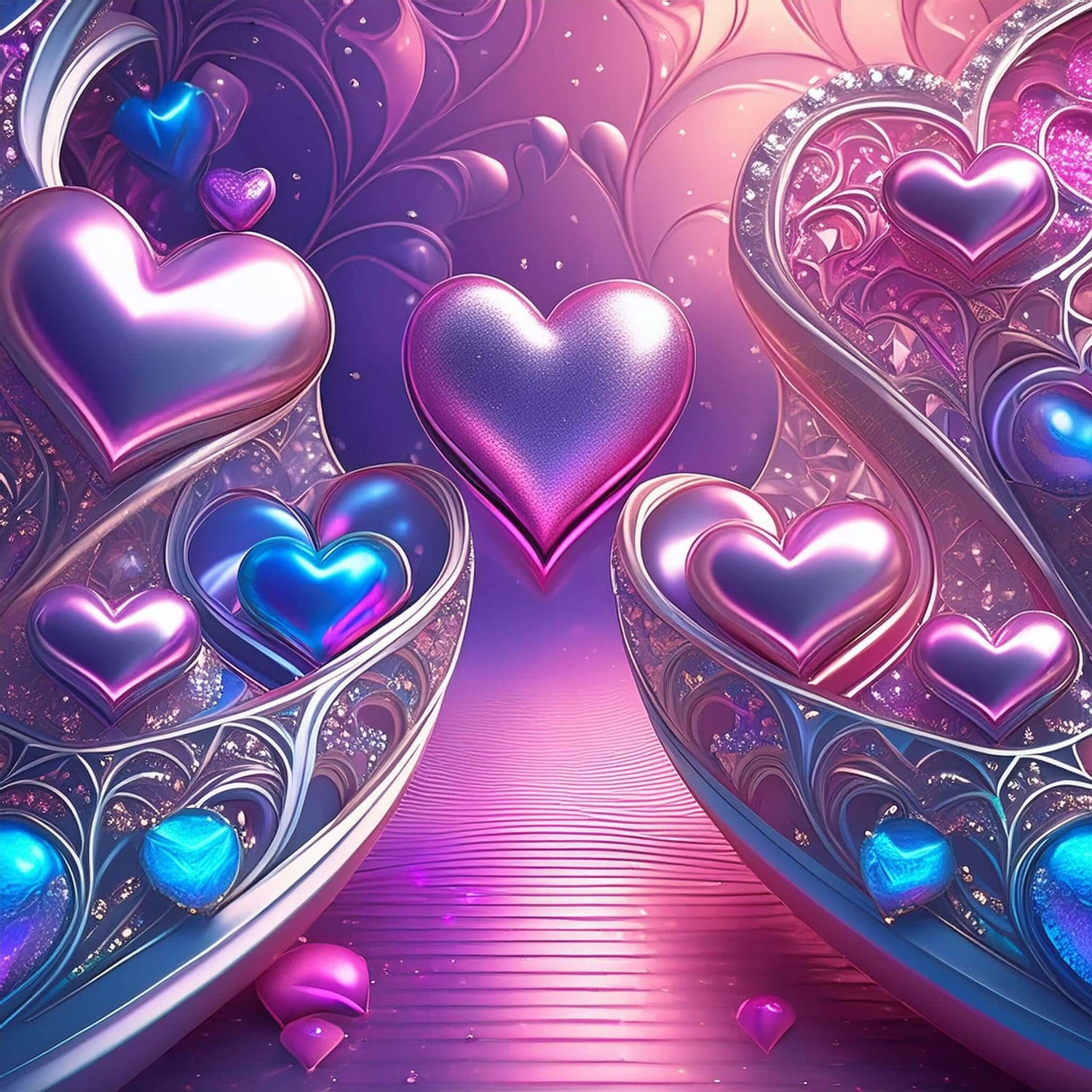
Love & Valentines
Affection
Romance
Connection
"Love & Valentines: A celebration of affection, romance, and connection, embracing the beauty of heartfelt expressions and cherished bonds."
Valentine's Day, celebrated on February 14th, is a special occasion dedicated to expressing love. Traditionally associated with romantic relationships, the day involves exchanging cards, flowers, and gifts. It goes beyond romantic love, encouraging the celebration of all meaningful connections. Valentine's Day serves as a reminder to appreciate and cherish the people we hold dear, fostering a sense of warmth and connection in our lives.
-
Personalized Dog Tag Necklace - Upload Your Own Image
Regular price From $49.95 USDRegular priceUnit price / per$79.95 USDSale price From $49.95 USDSale -
Celebrate Moments Wallpapers (Free For Club Membership)
Regular price $2.95 USDRegular priceUnit price / per -
Forever Love Necklace with Custom Message Card
Regular price From $59.95 USDRegular priceUnit price / per$119.95 USDSale price From $59.95 USDSale -
Custom Designed Personal Affirmation Circle Keychain - Design Service
Regular price From $49.95 USDRegular priceUnit price / per$59.95 USDSale price From $49.95 USDSale -
Custom Designed Personal Affirmation Circle Pendant - Design Service
Regular price From $59.95 USDRegular priceUnit price / per$79.95 USDSale price From $59.95 USDSale -
Personalized Heart Pendant - Upload Your Own Image
Regular price From $49.95 USDRegular priceUnit price / per$79.95 USDSale price From $49.95 USDSale -
Personalized Circle Pendant - Upload Your Own Image
Regular price From $49.95 USDRegular priceUnit price / per$79.95 USDSale price From $49.95 USDSale -
Personalized Name Necklace - Upload Your Own Photo
Regular price From $49.95 USDRegular priceUnit price / per -
Artisan Cross - Upload Your Own Image
Regular price From $69.95 USDRegular priceUnit price / per -
Love Knot Pendant and Earring Set- Custom Message Card
Regular price From $79.95 USDRegular priceUnit price / per -
Personalized Keychain - Upload Your Own Image
Regular price From $39.95 USDRegular priceUnit price / per -
Express It With Flowers Sticker Pack For iMessage - Download For FREE
Regular price $0.00 USDRegular priceUnit price / per$0.00 USDSale price $0.00 USD

Celebrate Moments
Indulge in the essence of life's joy for capturing the beauty, laughter, and love of life's most cherished occasions. #CelebrateMoments
































